The Nissan check engine light signals that there may be a problem with the car’s engine or emissions system. It’s an indicator that the onboard diagnostic system has found a malfunction.
The check engine light is a signal that warns about possible engine or emissions issues with the vehicle. The common causes for Nissan check engine warning lights are Faulty oxygen sensors, Faulty mass air flow sensors, Failing catalytic converters, and more.
This Dbd guide will provide all the information on common causes and the process of resetting the Nissan warning light. Our team researched the reasons for the Nissan engine warning light and consulted with manufacturers to create this informative guide.
What does the Nissan check engine light mean?
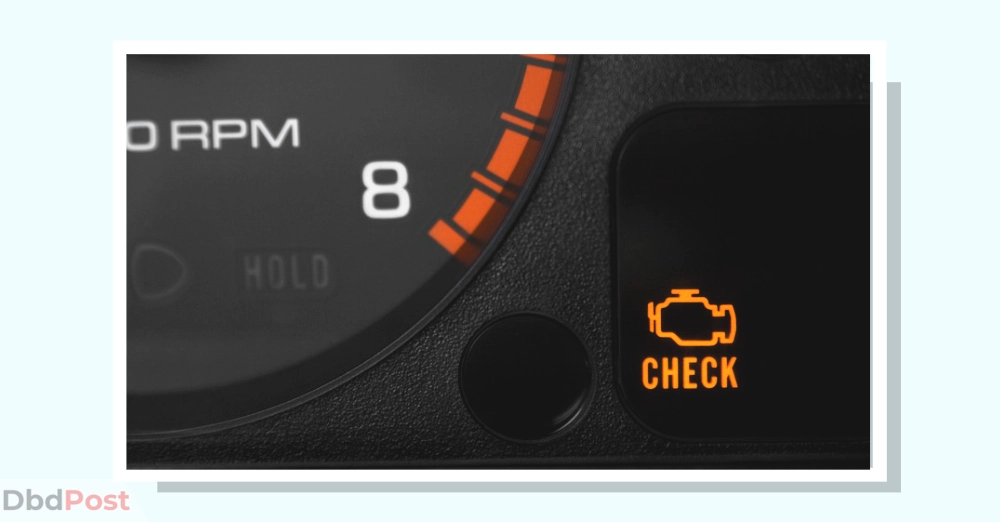
The check engine light in your Nissan is designed to indicate a problem with your car’s engine or emissions system. It could be caused by a minor issue, like a loose gas cap, or a more serious problem, such as a malfunctioning sensor.
When the check engine light is flashing
If the check engine light on your Nissan is flashing, it indicates a serious problem that requires immediate attention. This could mean your engine is misfiring, which can cause damage to your catalytic converter. If this happens, you should stop driving your car immediately and have it towed to a mechanic.
When the check engine light is consistent
If the check engine light on your Nissan is consistently on, it could indicate a minor problem or a more serious issue. This could range from a loose gas cap to a faulty sensor. Having the problem diagnosed by a mechanic is important, as ignoring it could lead to more significant issues.
In either case, addressing the issue causing the check engine light as soon as possible is essential.
Have your car inspected by a mechanic to determine the cause of the problem and have it fixed before it leads to more significant issues.
Common causes of a Nissan check engine light
When Nissan’s check engine light comes on, different engine or emissions system issues can cause this engine malfunction indicator light to turn on. Some of the common causes are as follows: [1]Progressive, “Check Engine Light, https://www.progressive.com/answers/what-does-check-engine-light-mean/#:~:text=The%20reasons%20for%20a%20check,costly%20and%20time%2Dconsuming%20repair.”
Loose, broken, or missing gas cap
- Failing or clogged catalytic converter
- Fouled spark plugs or spark plug wires
- Faulty oxygen sensor
- Faulty mass air flow sensor
These issues can affect a car’s performance by causing it to run rough, misfire, or hesitate when accelerating. If it is left unchecked, it can also reduce gas mileage, increase emissions, and potentially cause more severe damage.
For example, a faulty oxygen sensor can cause the car to burn more fuel than it needs, while a failing catalytic converter can lead to increased emissions and reduced power.
What to do when the Nissan check engine light comes on
If your engine light flashes on your Nissan, immediately take it to a mechanic. This will prevent damage to your engine and emissions system and keep your vehicle running smoothly.
Here are some steps to take when the Nissan check engine light comes on:
Don’t panic: The check engine light may indicate a minor or more severe problem. Don’t ignore it, but try not to stress out.
Check your gas cap: A loose or damaged gas cap can cause the check engine light to come on. Check that the cap is tightly secured and in good condition.
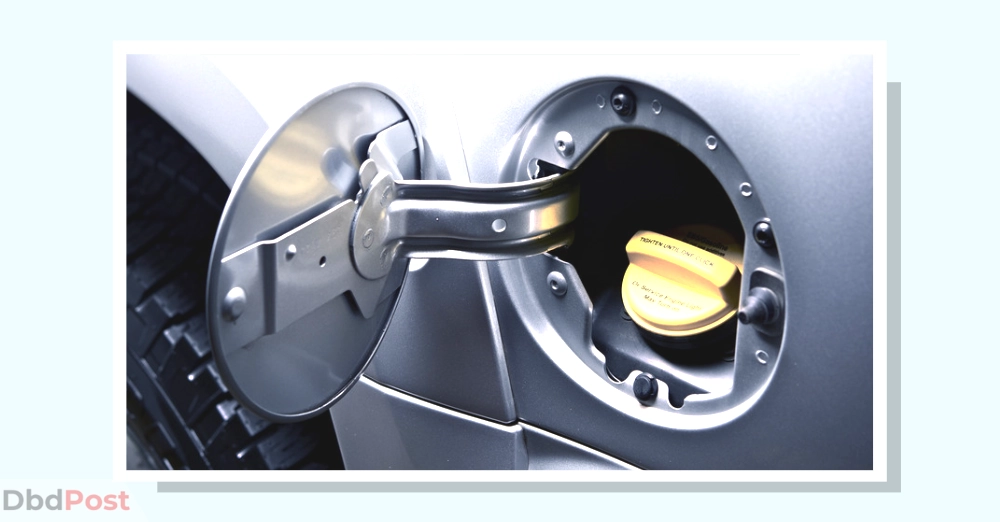
Inspect other parts: If the gas cap looks okay, there could be other issues causing the light to turn on. Check for visible signs of damage, such as frayed wires or a cracked hose.
Scan for error codes: Take your car to an auto parts store or mechanic to have the error codes scanned. This will help you identify the specific problem.
Address the problem: Once you know what’s causing the check engine light to turn on, address the issue immediately. Some problems may be easy to fix, while others require professional help.
Don’t ignore it: Even if the car seems to be running fine, it’s essential not to ignore the check engine light. Ignoring it could lead to more serious problems down the road.
How to reset the Nissan check engine light
After fixing the problem causing the Nissan warning light, reset it to maintain optimal car performance. By resetting the engine light, you can prevent it from continuously flashing, and it also helps to identify any new problems promptly.
Here is a detailed guide on how to reset the Nissan check engine light to keep your vehicle operating smoothly:
Step 1: Turn off the engine and all the accessories
After fixing the issue causing the check engine light to turn on, it’s crucial to take safety precautions before resetting the system. Turn off the engine and allow it to cool down for a few minutes to prevent any risk of burns.
Step 2: Open the hood of the vehicle and locate the battery
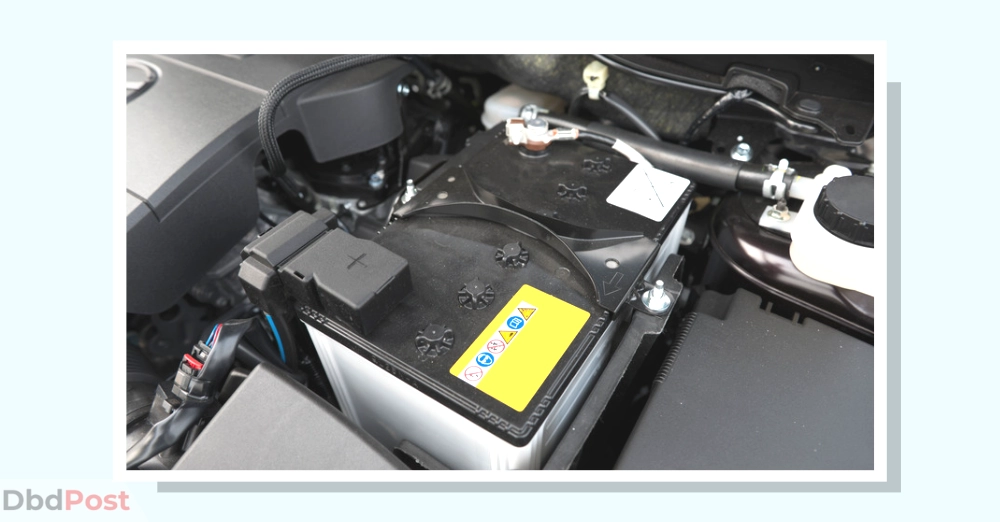
Locate the battery, which powers the car’s electrical system. It’s usually located under the hood or in the trunk. On top of that, the exact location can vary depending on the make and model of the car.
Step 3: Disconnect the negative terminal of the battery
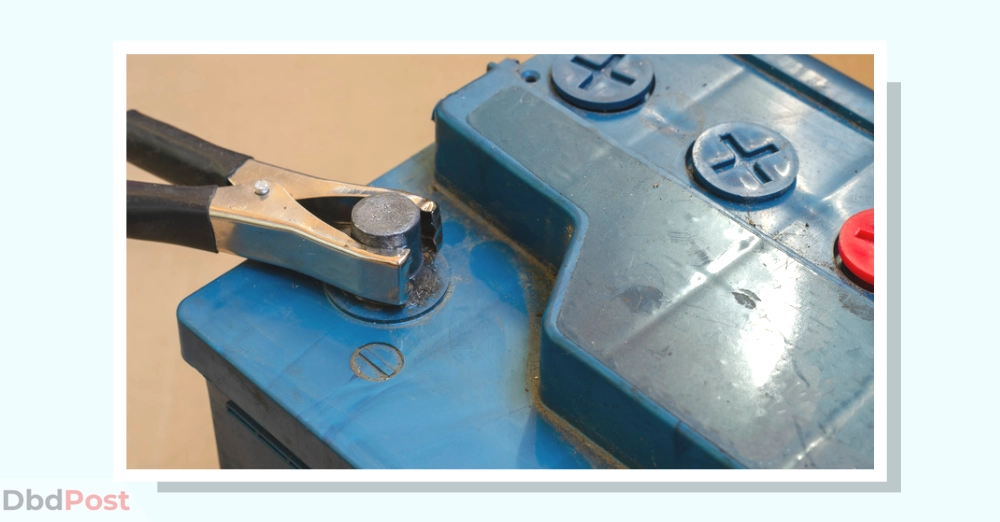
Loosen and remove the negative terminal on the battery using a wrench or a socket set. This step is critical to avoid any accidental shocks or electrical issues. Besides, Remember to avoid touching the positive terminal with the wrench or socket set.
Step 4: Wait for a few minutes
After disconnecting the battery, wait a few minutes to allow any residual electricity in the system to discharge. This step helps to ensure that the dreaded check engine light is fully reset and ready for use.
Step 5: Reconnect the negative terminal of the battery
Reconnect the negative terminal on the battery and tighten it securely. Double-check the connection to ensure it’s properly tightened and corrosion-free.
Step 6: Start the engine and let it run for a few minutes
Start the engine and let it run for a few minutes to ensure everything works correctly. This step helps to confirm that the engine is running smoothly and the electrical system is functioning correctly.
Step 7: Check for any warning lights
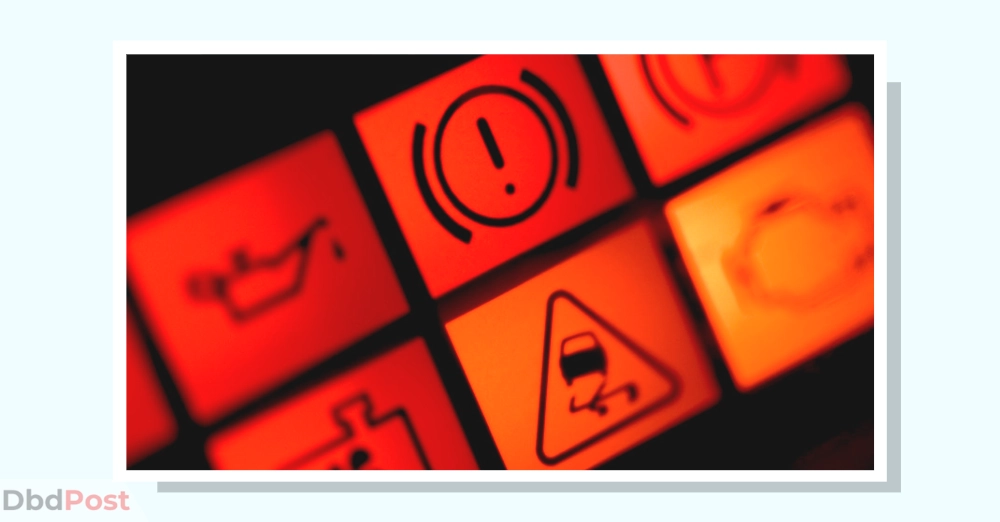
Check the dashboard for any warning lights. The check engine light should be off, indicating that the system has been reset. Remember to monitor the car’s performance and promptly address any issues to prevent further damage.
Related Stories
- Check this guide to know everything about Ford Check Engine Light.
- Check this guide on Mazda Check Engine Light – here.
- If your Volkswagen Check Engine Light is on, check our guide for steps to fix it.
- Click on this guide on Buick Check Engine Light to know everything about the issue.
- Find out everything about Dodge Check Engine Light with our guide.
FAQs
Can I continue to drive my Nissan with the check engine light on?
It is generally not recommended to continue driving your Nissan with the check engine light on. It can indicate a potentially serious issue with your vehicle’s engine or emissions system. It’s best to have the problem diagnosed and resolved as soon as possible to prevent further damage or safety issues.
Altogether, the Nissan check engine light is a vital warning system that alerts issues with the vehicle’s engine to their car owners. We hope our guide provides all the information you need about the Nissan warning light.
- 107shares
- Facebook Messenger
About the author
DbdPost Staff is a team of writers and editors working hard to ensure that all information on our site is as accurate, comprehensive, and trustworthy as possible.
Our goal is always to create the most comprehensive resource directly from experts for our readers on any topic.




